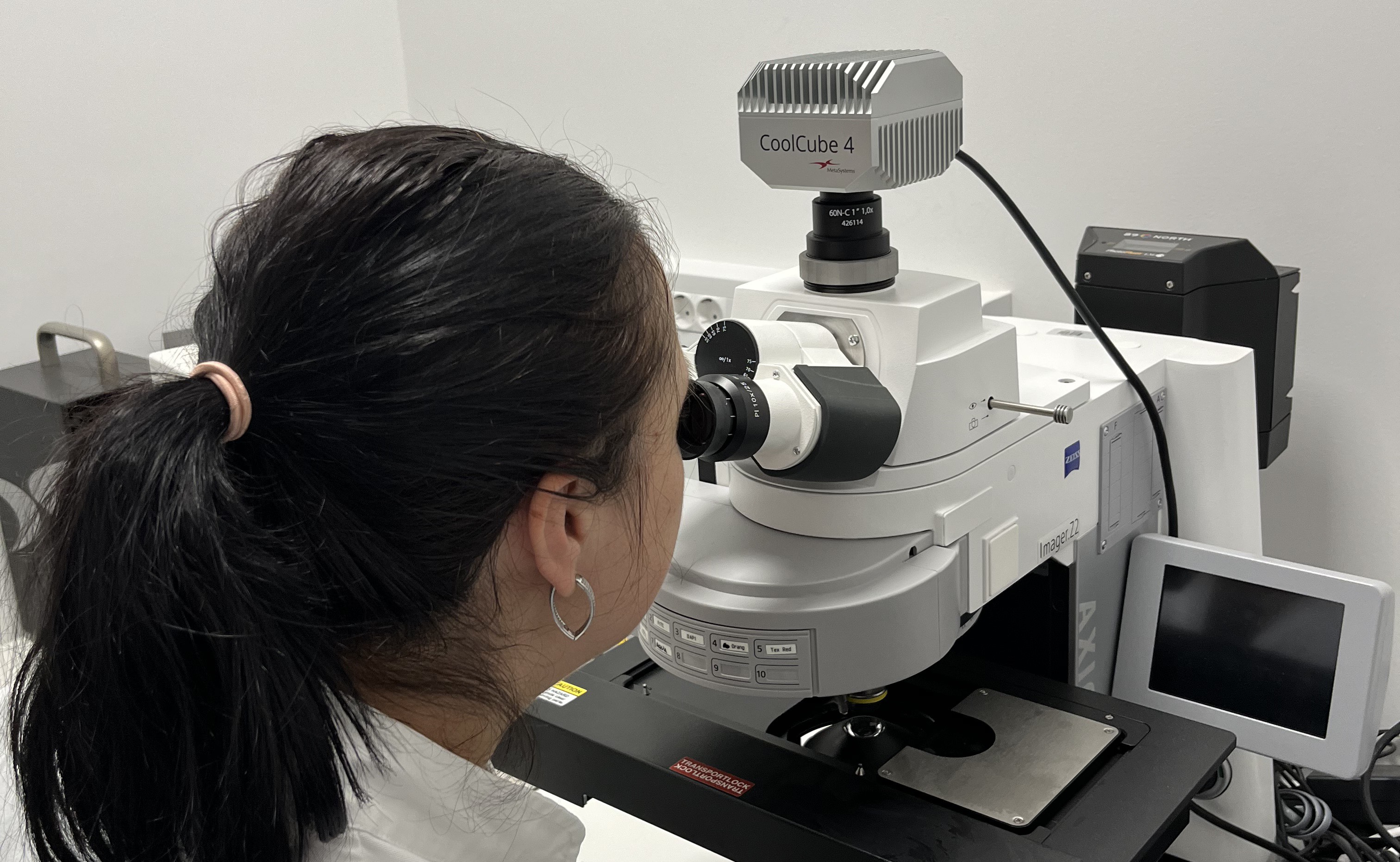
Zagreb Pilot
Location
Zagreb, Croatia
Leading Beneficiary
- Srebrnjak Children's Hospital
- Institut za medicinska istrazivanja i medicinu rada
- Wings ICT Solutions Information & Communication Technologiesike
- Ascalia d.o.o.
- Technische Universität Graz
- Institute for Anthropological Research
Pilot P3 will be set in Zagreb based on the SCH2021 cohort (section 1.2.1.4 consisting of 200 patients). All patients will be consistently monitored using analog spirometers during medical visits to Srebjnak's Children's Hospital. The households will be asked to fill out the ISAAC and other relevant questionnaires. The children’s bedrooms will be equipped with stationary pollutant traps and low-cost sensorics that will remain in place for a defined time period for collecting house dust, which will be analysed for chemical and microbiome composition (IMROH, TUG, ANT). WINGS will provide sensorics for monitoring air quality during 3-day campaigns. The participants will be followed-up at the SCH Clinic on a regular basis (approx. every 3-6 months) as a part of their asthma management regime. Peripheral blood and other biological samples will be collected and analysed for certain clinical biomarkers (inflammation, differential gene/small NC-RNA expression profiles), as well as blood lymphocytes (PBLs) and/or buccal cells, using, among others, the comet assay and micronucleus assay for the detection of genomic instability in relation to measured indoor air pollutants (in WP4). The pilots’ indoor-outdoor pollutants will be measured means of low-cost and the-state-of-the-art instrumentation.
Long-term objectives include:
- Understand the relationship of health effects (lung function, asthma pathophysiology and asthma phenotypes/endotypes, disease outcomes) and indoor-outdoor air pollution;
- Map biological contaminants (bacterial and fungal determinants) in airborne and bed-dust;
- Evaluate the genomic instability in peripheral blood and/or buccal cells of the target population,
- Characterize pollutants and their concentrations indoor-outdoors